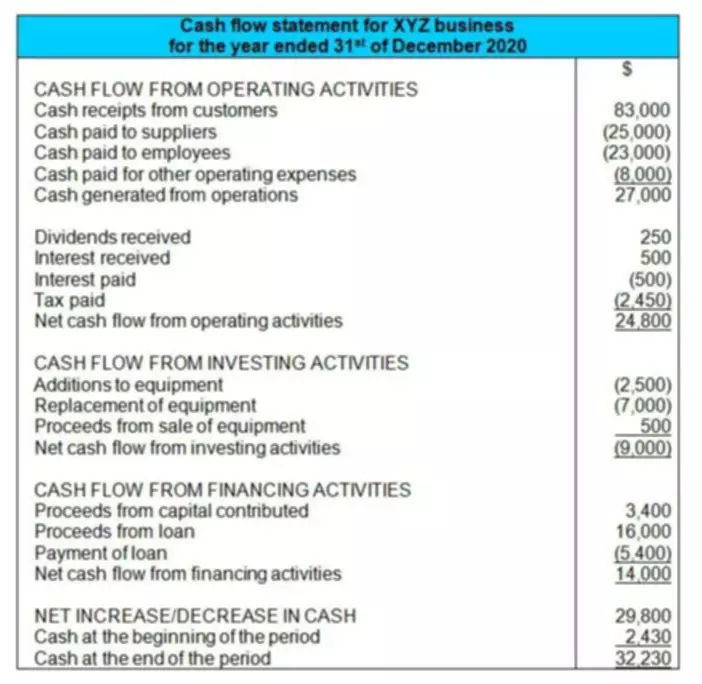Content

Similarly, accounting teams might use trial balances when performing periodic reviews or when an error is suspected. Businesses prepare a trial balance regularly, usually at the end of the reporting period to ensure that the entries in the books of accounts are mathematically correct. Despite its limited ability to detect errors, the trial balance continues to be a vital internal report for business owners. It’s important to what is a trial balance understand the main components of the trial balance, and you can refer to it while analyzing your financial statements. Alternatively, the parent company may require all of its subsidiaries to use the same accounting system, so that all subsidiary results can be automatically rolled up into consolidated financial statements. Bookkeepers or accountants will prepare a trial balance before issuing formal financial statements.
A trial balance is a list of all the ledger account balances as of a certain date. The trial balance is used to determine if there are any errors in the bookkeeping process that need to be corrected. Another simpler way is to add the adjustment amount for the accounts that have been changed directly to the unadjusted trial balance. There is no need to list down accounts in the adjusted trial balance that have a zero balance.
Accounting Principles I
The trial balance is strictly for use within the accounting department. It is not distributed elsewhere within an organization, and it is not read by outside parties, other than the auditors. More detailed definitions can be found in accounting textbooks or from an accounting professional. The articles and research support materials available on this site are educational and are not intended to be investment or tax advice. All such information is provided solely for convenience purposes only and all users thereof should be guided accordingly.
Because if the total on both sides agrees or equates, then it means that ledger postings are posted in an accurate manner. It also confirms the rules of the double entry system that all the entries have a double effect. Adjusted trial balances are a type of trial balance issued after the initial trial balance is prepared. The adjusted trial balance accounts for information that is missing or misrepresented in the general ledger and can correct for errors identified in the initial report. The first method is to recreate the t-accounts but this time to include the adjusting entries.
Trial balance
If the total debits equal the total credits, the trial balance is considered to be balanced, and there should be no mathematical errors in the ledgers. However, this does not mean that there are no errors in a company’s accounting system. For example, transactions classified improperly or those simply missing from the system still could be material accounting errors that would not be detected by the trial balance procedure. A trial balance is a report that lists the balances of all general ledger accounts of a company at a certain point in time. The accounts reflected on a trial balance are related to all major accounting items, including assets, liabilities, equity, revenues, expenses, gains, and losses. It is primarily used to identify the balance of debits and credits entries from the transactions recorded in the general ledger at a certain point in time.
After preparing your trial balance this month, you discover that it does not balance. The debit column shows $2,000 more dollars than the credit column. Note that for this step, we are considering our trial balance to be unadjusted. The unadjusted trial balance in this section includes accounts before they have been adjusted. As you see in step 6 of the accounting cycle, we create another trial balance that is adjusted (see The Adjustment Process).
Put together your trial balance worksheet
Under this method, the statement for trial balance can be prepared promptly after posting all the entries to ledger accounts before any adjustments are made to them. When people recorded transactions manually, they used the trial balance to ensure there were no calculation errors. If the trial balance didn’t equal zero, it meant an amount in a transaction was transposed or entered incorrectly as a debit or credit.
- Under balance method, only the balances of all the ledger accounts are shown in the trial balance.
- The aim of the trial balance is to check if all the ledger postings are done in a correct and accurate manner.
- In a double-entry accounting system, you record your debits and credits in separate columns on your general ledger.
- If the error is not apparent, return to the ledger and recalculate each account’s balance.
- You’ll likely prepare an unadjusted, adjusted, and post-closing trial balance during the accounting cycle.
- This demonstrates for every transaction we have followed the basic principle of double-entry bookkeeping – ‘ for every debit there is a credit ’.
- A trial balance is an important step in the accounting process, because it helps identify any computational errors throughout the first three steps in the cycle.
If you’re having consistent issues, consider preparing more frequent trial balances until you find the source of these anomalies. In addition, any time you suspect an error in your books, you should quickly put together a trial balance to check that your debits and credits are correctly balanced. The purpose of a trial balance is to ensure all the entries are properly matched. If the trial balance totals do not match, it could be the result of a discrepancy or accounting error.

